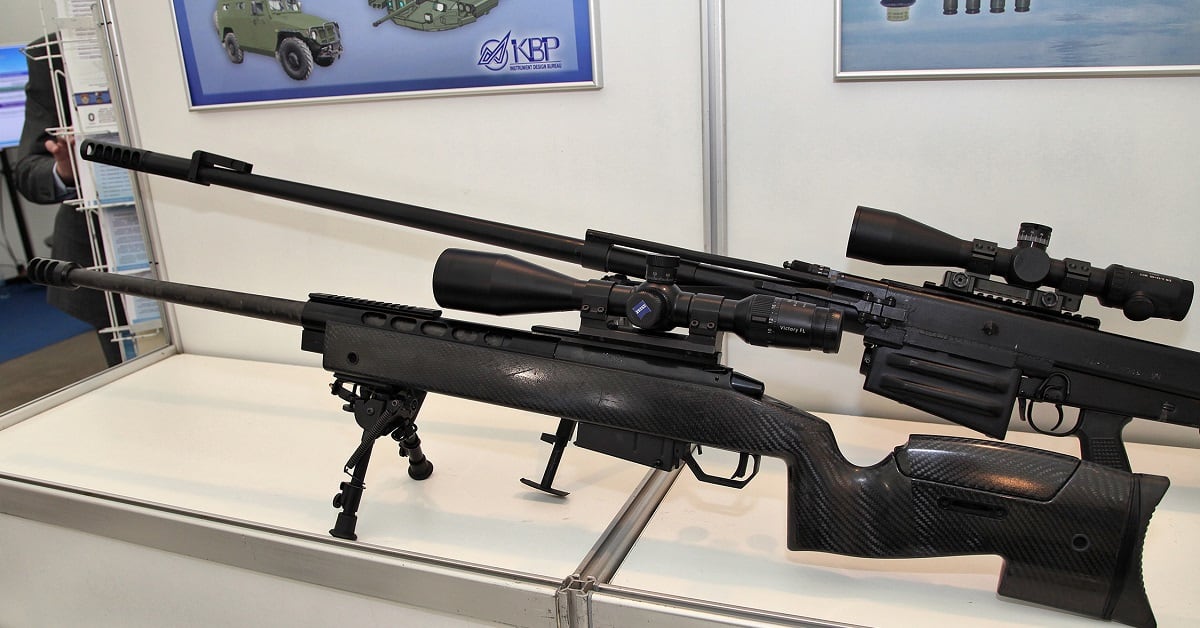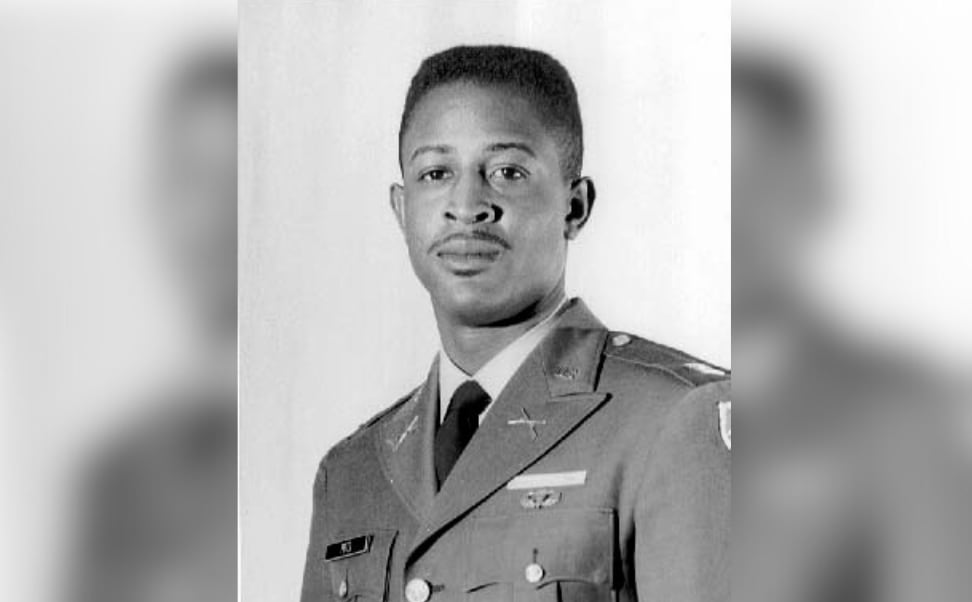Just as the U.S. military is undertaking the procurement process for new ground troop weapons, so too is Russia.
And while U.S. Marine snipers are expected to wield the Mk 13 Mod 7 rifle downrange, Russian military snipers are also anticipating upgrades to their own weapon systems.
The Russian Defense Ministry’s OSV-96, a 12.7 mm sniper rifle, is due for upgrades to its cartridge and design, a representative for the company that manufactures the rifle told TASS, a Kremlin-owned news agency, last week.
The OSV-96 is used by Russia’s Defense Ministry, Interior Ministry and Federal Security Service.
The manufacturer — KBP Instrument Design Bureau — said the OSV-96 is simply less accurate than other, newer guns they have developed.

“Work is underway to upgrade the OSV-96 to increase the accuracy of fire and the density of hits,” the design bureau’s representative told TASS. “Now we are at the stage of R&D work, which will be followed by experimental and design work and a cycle of trials. We expect the rifle’s upgrade to be completed in 2020.”
But that’s not the only new sniper rifle on Russia’s horizon. That same company is also developing a “quiet sniper rifle” derived from the MTs-116M, which will be showcased for the first time at an arms exhibition near Moscow in late August, according to TASS.
The upgrades have apparently retained the MTs-116M’s notable buttstock — which has caused it to be easily spotted in pictures off the Syrian battlefield. However, the rifle will use different barrels and cartridges.
The company was scant on details regarding how quiet the rifle will end up being, but did say they’re relying on subsonic ammunition, which are rounds that operate below the speed of sound.
RELATED

Thanks to “the high-quality production of barrels, the bullet’s deviation is just 13 mm per 100 meters," the company representative said.
On top of the barrel, “the design bureau will demonstrate rifle variants chambered for the 7.62 mm subsonic ammunition and 12.7 mm noiseless cartridges,” he added.
Traditionally, more powerful cartridges provide a flatter flight path for a bullet, and therefore more accurate shooting.
This Russian company, however, is using subsonic, and therefore less powerful, cartridges. In order to compensate, the design lab is utilizing heavier rounds to retain as much energy as possible when the round is shot at lower velocities.
A high-quality barrel, combined with a heavier round, should compensate for that lost punch a round normally gets from more propellant gases.

That trade-off is important for another reason.
By using a subsonic round, less gas will flow out of the barrel, which is one of the main sources of sound when a shot is taken. The sniper rifle is expected to produce much less noise, but also a much smaller gas and flame signature from the barrel.
The MTs-116M sniper rifle’s large-caliber modification is intended to be used by Russian special operations forces in urban conditions, according to the company representative.
The new rifle design can allegedly penetrate “a high-class armor vest” at up to 300 meters, which sounds like a weapon best-suited for counter-terrorism missions, among other types of operations.
The rifle is expected to be produced in small batches and used by special units of the Russian Interior Ministry, Defense Ministry and Federal Security Service.
Kyle Rempfer was an editor and reporter who has covered combat operations, criminal cases, foreign military assistance and training accidents. Before entering journalism, Kyle served in U.S. Air Force Special Tactics and deployed in 2014 to Paktika Province, Afghanistan, and Baghdad, Iraq.





